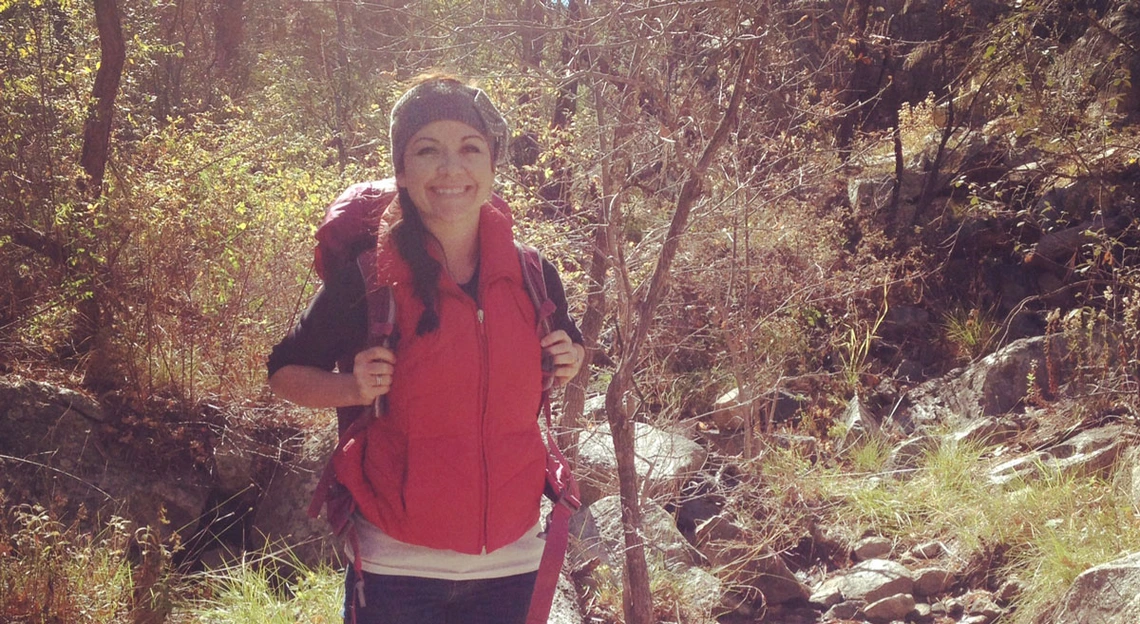
When
Where
Speaker(s)
If a picture says a 1,000 words, why not extrapolate from digital pixels and use it as a low cost, continuous, and unambiguous method to study intermittent streams? Arizona’s 6,000 miles of intermittent streams are understudied because they are logistically difficult to sample and because perennial streams are historically thought of as ‘more important’. Arizona Department of Environmental Quality (ADEQ) developed an intermittent stream program using time-lapse photography and a probabilistic approach to fill the large data gap.
Given a budget of $17,000, creativity, and the need to produce an intermittent stream monitoring program, ADEQ has deployed 19 camera flow detection units throughout Arizona. Each camera is programmed to take 2 time-lapse photographs a day, 12 hours apart. An associated motion sensor will also capture any drastic flow changes. The solar panel, battery, and camera set up is modeled after Arizona’s Salt River Project Flowtography™, but was altered to meet the specific needs of the study. Adding the use of time-lapse photography to a random design has the benefit of creating a statistically based assessment of Arizona’s intermittent streams. This presentation will discuss the benefits and pitfalls of using time lapse photography. Sample design, flow results, and how data from the study will be used in the 305 (b) assessment will also be discussed.
Meghan Smart is a scientist with the Arizona Department of Environmental Quality (ADEQ). She obtained her B.S. degree from UofA in Natural Resources in 2006. A biologist by training, she has declared her position at ADEQ as “the best job ever!” For 11 years she studied perennial streams, wetlands, and intermittent streams throughout Arizona. Meghan has lead three new programs for the state: intermittent stream research, recreational monitoring program, and has currently transitioned to creating Arizona Water Watch, a new ADEQ citizen science program. She is passionate about nature, all things related to science, and photography.

